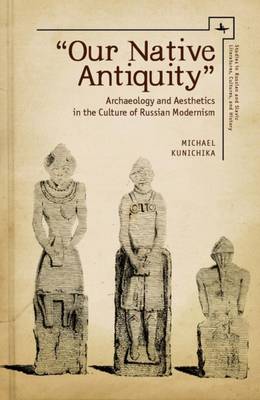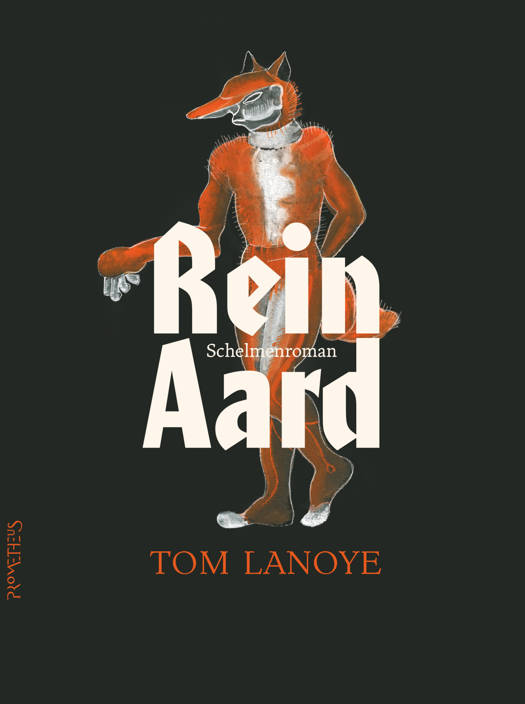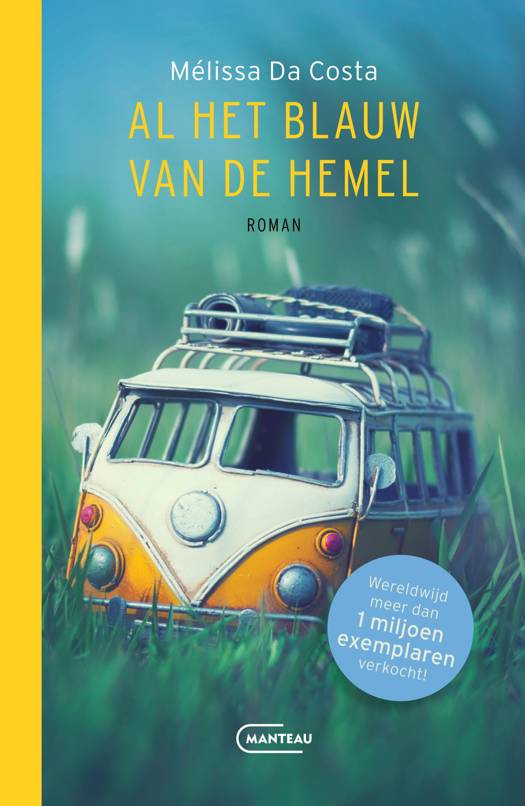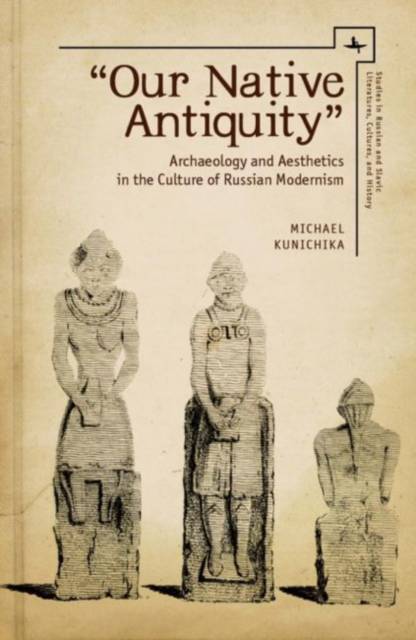
- Afhalen na 1 uur in een winkel met voorraad
- Gratis thuislevering in België vanaf € 30
- Ruim aanbod met 7 miljoen producten
- Afhalen na 1 uur in een winkel met voorraad
- Gratis thuislevering in België vanaf € 30
- Ruim aanbod met 7 miljoen producten
Zoeken
Our Native Antiquity
Archaeology and Aesthetics in the Culture of Russian Modernism
Michael Kunichika
€ 59,95
+ 119 punten
Uitvoering
Omschrijving
For Russian modernists in search of a past, there were many antiquities of different provenances and varying degrees of prestige from which to choose: Greece or Rome; Byzantium or Egypt. The modernists central to "Our Native Antiquity" located their antiquity in the Eurasian steppes, where they found objects and sites long denigrated as archaeological curiosities. The book follows the exemplary careers of two objects-the so-called "Stone Women" and the kurgan, or burial mound-and the attention paid to them by Russian and Soviet archaeologists, writers, artists, and filmmakers, for whom these artifacts served as resources for modernist art and letters and as arenas for a contest between vying conceptions of Russian art, culture, and history.
Specificaties
Betrokkenen
- Auteur(s):
- Uitgeverij:
Inhoud
- Aantal bladzijden:
- 348
- Taal:
- Engels
- Reeks:
Eigenschappen
- Productcode (EAN):
- 9781618116642
- Verschijningsdatum:
- 15/01/2018
- Uitvoering:
- Paperback
- Formaat:
- Trade paperback (VS)
- Afmetingen:
- 156 mm x 234 mm
- Gewicht:
- 485 g

Alleen bij Standaard Boekhandel
+ 119 punten op je klantenkaart van Standaard Boekhandel
Beoordelingen
We publiceren alleen reviews die voldoen aan de voorwaarden voor reviews. Bekijk onze voorwaarden voor reviews.











